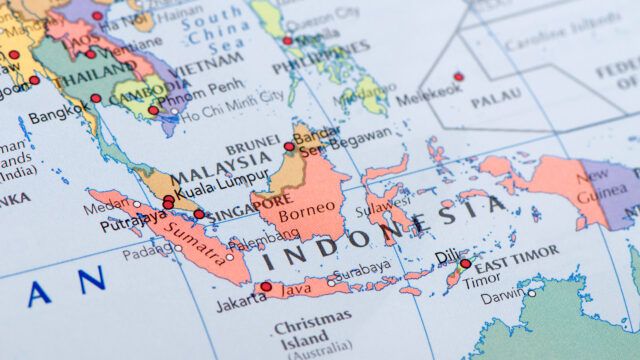Supported by the region’s economic recovery from the Covid-19 pandemic and increasing wealth accumulation, the retail fund markets of southeast Asia ex-Singapore present significant opportunities for managers, according to the latest report by Cerulli Associates.
“This is a result of favourable economic outlooks, supportive regulatory environments, demographics and new avenues for fund distribution with greater investor reach,” said Justin Lee, associate analyst at Cerulli.
Thematic funds investing in the technology and healthcare sectors remain popular judging by the number of fund launches.
While local fund managers are starting to invest in overseas master funds to provide exposure in these sectors, Cerulli noted that global fund managers continue to have opportunities to position their offshore funds as sector developments are slow and lack of depth in local markets compared with their global peers.
Another area of interest is the region’s pool of Shariah-compliant funds.
With steady new fund launches, the Shariah-compliant funds provide a growth opportunity for fund managers, said Cerulli.
These include rising demand for Shariah-compliant funds focused on China from Malaysian asset managers and funds that combine the principles of environmental, social and governance (ESG) and Shariah investing continues.
Fund managers and distributors find these products easier to sell compared to pure ESG or Shariah products as they appeal to a broader spectrum of investors, said Cerulli.
“However, the region is becoming increasingly competitive as more products come to the markets, including crypto assets and heavily marketed investment-linked insurance plans,” Lee added.
“To make some headway, fund managers will need to differentiate themselves through strong and diverse distribution channels, innovative product offerings and marketing strategies tailored to individual target markets.”
2022 fund flows
The southeast Asia ex Singapore bond and money markets recorded net outflows of $8.9bn and $10.4bn respectively in 2022 as investors lost confidence in governments’ ability to repay their debts due to high debt levels and rising interest rates.
This led to the fall in the 2022 shares of foreign-invested mutual fund assets in Thailand, Malaysia and Indonesia, with some of the largest fixed-income feeder funds in the region seeing massive outflows during the year.
Nevertheless, equities gained from China’s stringent zero-Covid policy, as they served as a refuge for investors looking to avoid the battered Chinese equities last year.
While many investors have flocked back to Chinese equities after the Covid-19 restrictions were lifted at the end of last year, the reopening has created opportunities to offer China-invested funds.
So far, Cerulli noted that several Greater China equity funds are already some of the largest feeder funds in the region and have been particularly successful in raising funds in Thailand.

















